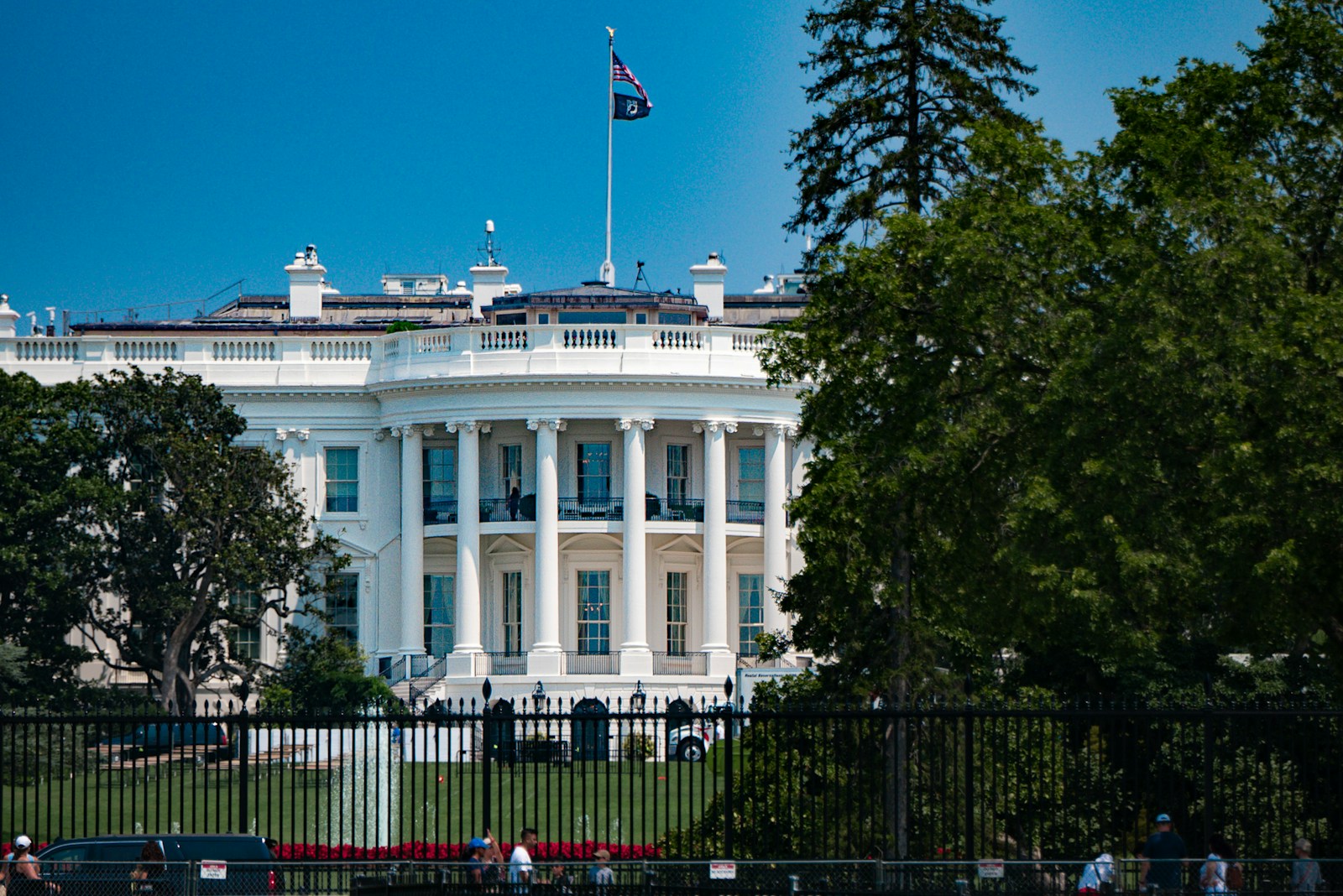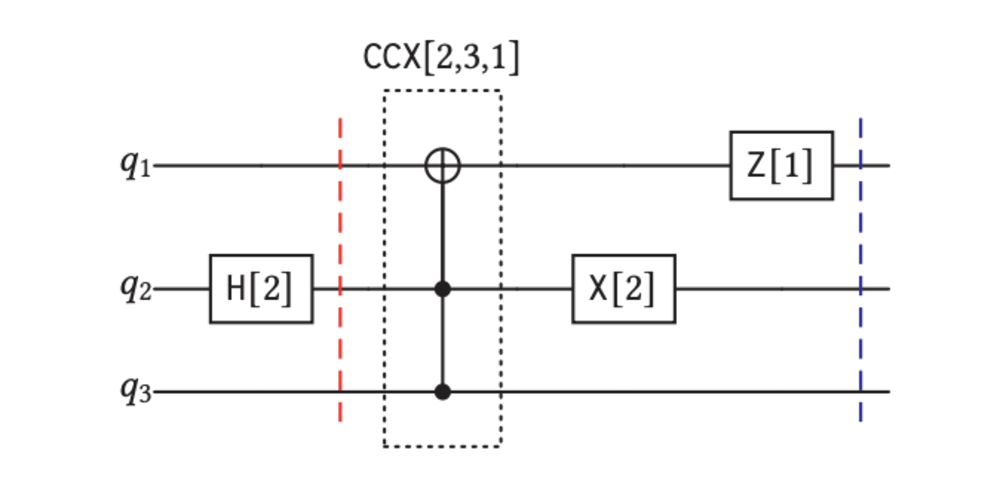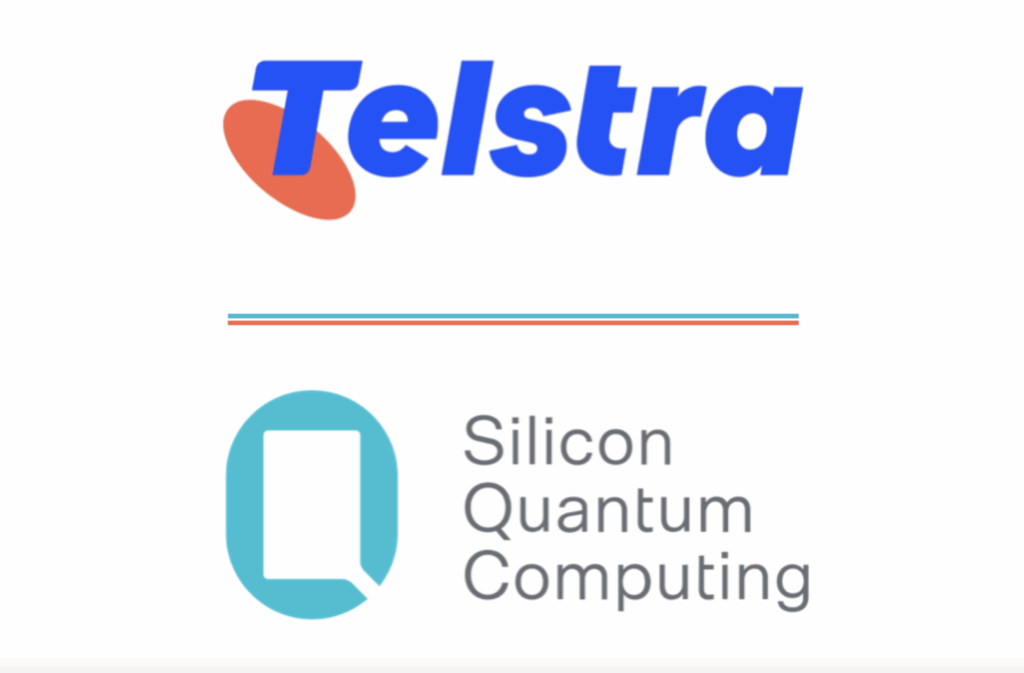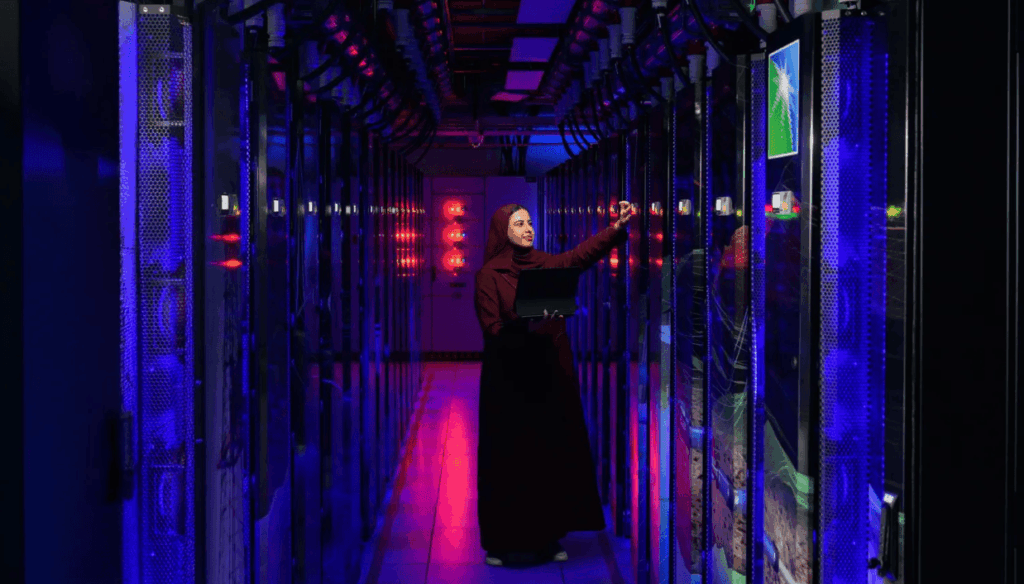Insider Brief
- The White House is preparing executive actions to accelerate federal adoption of quantum technology and post-quantum cryptography, according to NextGov.
- Drafts in development since summer could result in one to three orders, with post-quantum cryptography migration expected to be the centerpiece.
- The directives would build on earlier guidance from the Office of Management and Budget and extend momentum from the expired National Quantum Initiative Act.
- Photo by Nils Huenerfuerst on Unsplash
The White House is preparing executive actions that would push federal agencies to accelerate adoption of quantum technology and new cybersecurity standards, according to recent media reports.
At least two orders have been in development since summer, NextGov reported, with the focus split between advancing quantum information science and guiding the government’s migration to post-quantum cryptography. Post-quantum cryptography refers to new encryption algorithms designed to withstand attacks from future fault-tolerant quantum computers, which could one day break today’s digital protections.
The National Institute of Standards and Technology released the first versions of these algorithms in 2023, and the White House plans to use its authority to set migration timelines across agencies. The institute recently released a draft of a white paper to help organizations with that migration.

The scope of the planned actions is still fluid. According to NextGov, sources familiar with the drafts suggest there may be as many as three separate orders or as few as one, depending on how broadly the administration decides to cover the topic. Either way, the centerpiece will be federal adoption of post-quantum cryptography, with directives likely to include deadlines for agencies and contractors to begin shifting networks and data systems.
Building on Previous Policy
The move continues a policy line that stretches back to the National Quantum Initiative Act, which was signed into law in 2018 under President Donald Trump. That law provided billions for research and coordination across government, universities, and private industry. The program expired in 2023 and is now awaiting reauthorization in Congress. In the meantime, the White House is signaling that executive powers will be used to keep momentum going.
Earlier this year, the Office of Management and Budget circulated draft guidance that would require agencies to prepare phased migration plans. Contractors were also told to map out how their networks will transition to the new standards. The pending executive actions would give those directives more weight and urgency, NextGov reported.
Strategic Stakes
Administration officials have linked the importance of quantum technologies to broader competition in artificial intelligence and other emerging fields. According to NextGov, White House science advisers believe progress in quantum hardware and software could open new paths for secure communications, advanced sensing and high-powered computing. At the same time, they warn that without a rapid shift to stronger encryption, adversaries could harvest U.S. data today and decrypt it once powerful quantum machines arrive.
The emphasis on timelines reflects how migration to new cryptography is not a quick swap. Government networks are vast, and many systems are embedded in legacy infrastructure that cannot easily be updated. Industry experts estimate it could take a decade or more to complete the transition, which is why policy pressure is increasing now rather than waiting for commercial quantum computers to be ready.
However, details of the forthcoming executive actions remain scarce.
According to NextGov, the orders are expected in the near term, but the exact timing and scope are still under internal review. The number of directives issued will signal how aggressively the administration intends to coordinate quantum policy across agencies.
















